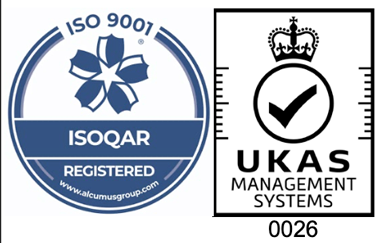Manufacturing Rubber Parts for Machines
15th January, 2018
Moving parts
When determining which rubber is best to use for a part, it needs to be determined how much physical stress a part will be under. While not every machine part will be moving at high speeds, those that aren’t will need to be examined for possible stress points as they will likely be repeating the same action continuously. This means it may be possible to engineer a part that stands up to this movement by reinforcing those areas that are most under stress. This will help to increase the life span of the part.
The shape of the part
The shape of the part and whether or not it is solid, an extrusion or hose and tubing, is another factor in deciding which type of rubber to use. Some rubbers are better to use when the part is solid, others are more flexible and thus more suitable for hoses and tubing.
Exposure to chemicals and compounds
While rubber is largely resistant to degradation when exposed to manufacturing chemicals, there are some varieties that stand up better to exposure to oil, petroleum and acidic compounds. Buna N Rubber, for example, is one type of rubber that is used when a part will be exposed to oil as it is more resistant to degradation in the presence of oil than natural rubber is. Sometimes rubber parts are used in food manufacturing, in which case the rubber needs to be of a special food-grade rating.
Environmental factors
Some rubber parts will be exposed to steam, extreme temperatures (either high or low) or other environmental factors such as sunlight and ozone. In other cases, the rubber needs to have increased insulating properties. As rubber is used for a number of rubber parts in machines and manufacturing, there is a wide variety of rubbers both natural and synthetic that could potentially be used. At Aquaseal Rubber, we aim to provide products that meet all client specifications and work closely with our clients to ensure this.
If you’re ready to work with a rubber company that will go the extra mile, get in touch!


